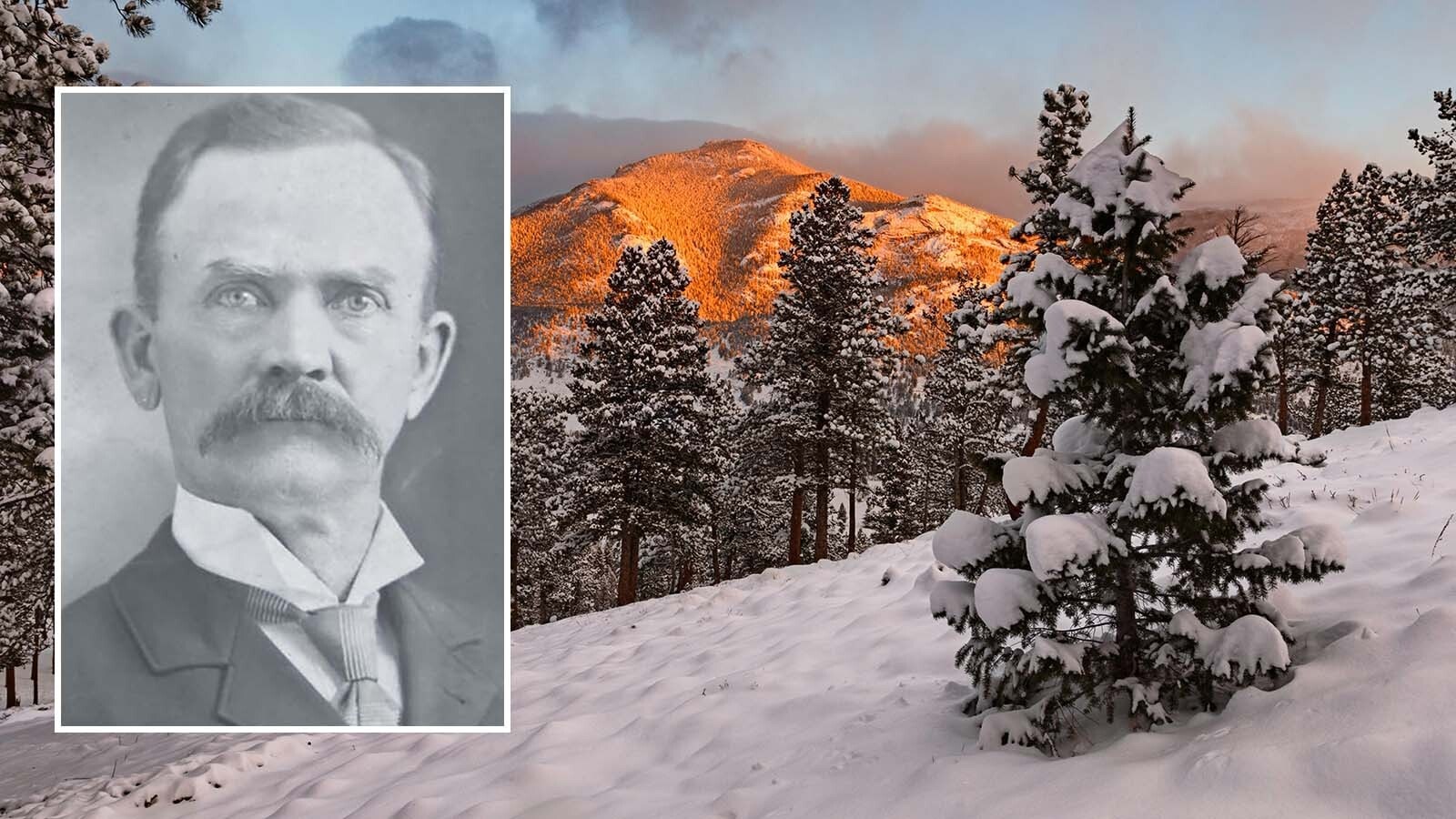Fur trader Joseph Robidoux migrated west from St. Louis in 1826 to a point along the Missouri River that had good bottom land and a likely spot for a trading post. He filed a plat for a new town, which he named after his patron saint, St. Joseph.
Often called Joetown, the community sat in an area that had long been used by Indians including members of the Sac, Osage, Iowa, and Winnebago tribes. Frenchmen like Etienne de Bourgmont in 1714 and much later, Joseph Robidoux in 1799, used the Missouri River as their conduit to the area.
After France sold the Louisiana Territory to the United States in 1903, the discovery expedition of Meriwether Lewis and William Clark was assigned the task of exploring the region. They left from St. Louis on May 14, 1804, arriving at the point that would become St. Joseph, Missouri — which they called St. Michael’s Prairie — on July 7, 1805. They also camped in the area on the return trip on September 12, 1806.
The Lewis and Clark journey opened the way for American fur traders into the Louisiana Territory and the settlement of communities, particularly along the Mississippi and Missouri Rivers. In 1821 Missouri became a state, and five years later Joseph Robidoux opened his trading post and began the settlement of St. Joseph.
From both his first post on Roy’s Branch, a tributary of the Missouri River, to the second at the mouth of Blacksnake Creek in an area known as Blacksnake Hills, Robidoux developed friendly relations with the Indians. The size of Missouri expanded in 1837 with the “Platte Purchase” an agreement hammered out by the United States that added six northwestern counties to Missouri.
This placed Robidoux’s post in the United States, rather than Indian territory and three years later it became a post office.
It also opened the way for settlement and Robidoux began making plans to sell lots in his town, which was laid out by town planner Fredrick A. Smith, featuring narrow streets that were named for Robidoux family members including second wife Angelique, daughters Messanie and Sylvanie, and sons Charles, Edmond, Felix, Francis, Jules, and Faraon.
Although St. Joseph had steady growth, it took a discovery of gold in California in 1849 to turn it into a boom town. Many Argonauts arrived in St. Joseph by steamboat, outfitted themselves with wagons and mules, or pack animals, and jumped across the river to take the California Trail to the gold fields.
Some estimates are that 50,000 people left for California from St. Joseph in 1849 alone and another 50,000 used the city as a starting point for their journey west over the next nearly twenty years.
In 1860, the Pony Express of Russell, Majors and Waddell also established itself in St. Joseph, and connected the nation during a period of great unrest just prior to the Civil War.
Although that enterprise was short-lived and only operated for eighteen months, its legacy endures in St. Joseph, where the stables have been turned into a museum as has the Patee House, which served as the Pony Express Headquarters.
One early frequent visitor to St. Joseph was Jesse James, who on April 3, 1882, was killed in a small house behind the imposing red brick Patee House. There as James adjusted a picture on the wall, Robert Ford shot the outlaw in the back.
A visit to St. Joseph today should allow plenty of time to visit the Jesse James House, the impressive Patee House, which has been turned into a museum featuring all manner of 19th century artifacts and a working carousel, and the Pony Express Museum.
When Joseph Robidoux started his trading post, and then his town, he believed it would prosper. The streets in the older sections of town remain narrow, but they are lined with dozens of nineteenth century mansions, many of them restored and used as private residences.
The red brick home where Robidoux eventually lived, known as Robidoux Row, also stands and is operated as a museum.
Candy Moulton can be reached at Candy.L.Moulton@gmail.com





